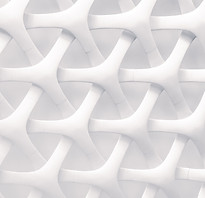The science behind candles
- Amaira seth
- Aug 26, 2020
- 2 min read
Updated: Aug 4, 2022
What are the different scientific phenomena that go into the act of using a matchstick to light a candle?

OBJECTIVES
How does the matchstick light up and why?
What happens when the candle wick is exposed to the flame?
How does the candlewick last so long?
MATERIALS NEEDED
x1 Matchbox
x1 Candle
SAFETY MEASURES
Handle the flame with care or take help from an adult.
Process
Lighting the match

I'm sure you have seen a safety match, along with the box it comes in, at least once around the house. Take one of the matches out of the box and observe its different parts. You may have noticed a red powdery substance on both, the head of a match. This red stuff is made of potassium chlorate, sulfur, fillers and glass powder.
Now see the box itself. If you turn it on its side, you will probably see a pattern of red hexagons (the shape may vary). This is called the striking surface. The striking surface is made of red phosphorus, glass powder and an adhesive such as gum arabic or urea-formaldehyde (remembering these names is not necessary).
A chemical reaction is a process through which one or more substances use energy to react with each other. This reaction creates a new substance with properties different from the initial substance.
When the match head rubs against the striking surface, the friction generates enough heat (which acts as thermal energy) to cause an exothermic reaction to convert a trace of the red phosphorus into white phosphorus, which ignites (catches fire).
The potassium chlorate releases extra oxygen and heat to sustain the flame till the wood catches fire.
Lighting the candle

When the flame is kept next to the wax, it melts.
The wick acts as an absorbent and due to capillary action, the wax travels upward to the flame.
Capillary action is the ability of liquid to move through small spaces, even against the force of gravity.
Once liquid wax gets hot enough, it turns into a gas
The hot gas reacts with the oxygen in the air and is burned. That creates the candle flame that we see.








Comments